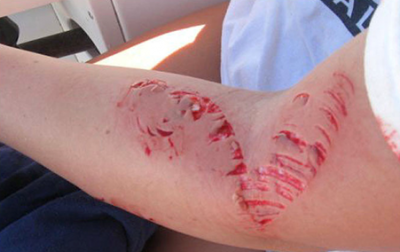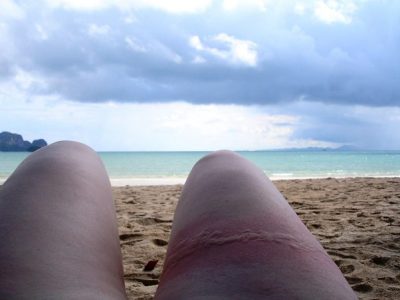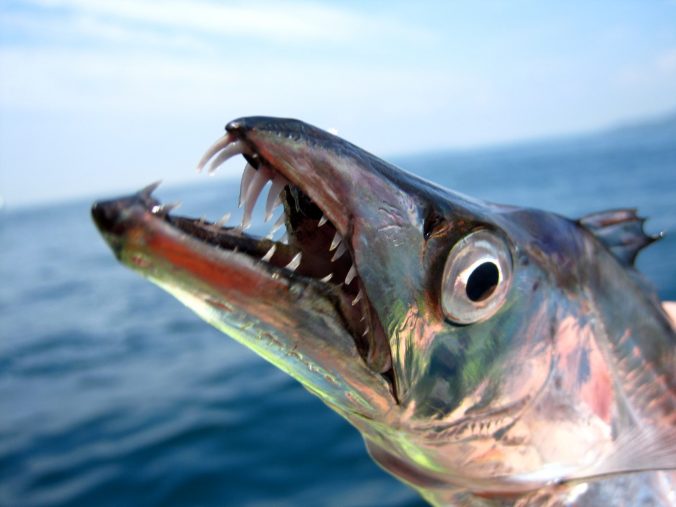From our guest contributor, ex-RN medic and founder of Red Square Medical, Liz Baugh
A life at sea has taught me a lot. Patience, resilience, friendship, confidence, suffering, fear, exhaustion, love, humility and many other things. And a life practicing medicine at sea has taught me one huge lesson:
Prior Preparation Prevents Poor Performance!
I started out in the Royal Navy as a medic working on the warships alongside the Royal Marines. I was on my own, medically speaking. Satphones were hideously expensive and only to be used in a dire emergency. In that situation I would have to ask the Captain to turn the ship around and get within helicopter range so that we fly the casualty off. Fast forward 22 years, now I work in the commercial, cruise and leisure sector and satphones are the norm onboard vessels of all types. Advice at your fingertips at an average cost of a £1 per minute. What’s not to love? In an emergency someone needs to be on that satphone, but more importantly, someone else needs to be assessing the casualty and administering potentially life-saving first aid or treatment to them.
Let me tell you a story. Picture this: West African coast, bobbing around in the Atlantic and some of the lads decide they want to do a bit of fishing off the back end of the ship. Sounds idyllic right? In theory it probably would have been, but warships are too high to do this sensibly so a small Rib was put in the water. The fishing was underway. One of the lads got a bite, but couldn’t reel it in. Another helped drag it in and leant down to scoop up their catch. Big mistake. Huge. He screamed and pulled out a heavily bleeding arm with a very nasty bite on it. The chaps immediately applied direct pressure – the correct first aid for a bleed – and the RIB was brought back alongside. My name was being shouted loudly – never a good sign. Bag in hand I rushed up to where the boat was being brought back inboard and readied myself for action.

The issue with an actual bite as opposed to a sting is that the force can cause underlying structural damage through crushing, puncturing and deep infection in closed spaces. It’s not simply a quick clean and dress – professional medical opinion should always be sought.
Another time I was on a fishing vessel in the Red Sea and one of the crew jumped in for a swim. Those of you familiar with the Red Sea will know the speed at which a jellyfish swarm can appear. Well, he was surrounded. It was a spectacular sight although it made my legs feel funny, I have a ridiculous phobia of jellyfish. Anyway, he was stung over and over until he looked like someone had taken to him with an old-fashioned cat o’ nine tails whip. Cue hauling him out of the swarm and me yet again poised for action. Luckily it was not a species that delivered potentially life-threatening stings otherwise we would have had a real problem on our hands. Again, a professional medical opinion should be sought if in any doubt.

Marine animal stings, bites and injuries are an occupational hazard when working at sea or enjoying some leisure time out on the water. Whether you are a part time sailor, a round-the-world sailor or a stand-up paddle boarder, you are at risk of injuries caused by marine creatures. I have compiled a list of my basic top tips for dealing with these injuries and a list of additional first aid kit that every watery person should consider carrying on their vessel.
Top tip: the priorities of basic first aid always apply, so Danger, Response, Airway, Breathing, Circulation (DRABC) all need to be assessed and any life-threatening issues. These are covered on the 1-day RYA First Aid course.
Jelly fish stings: these come from the tentacles which are covered in capsules containing nematocysts that fire their nasty sting into your skin on contact. First things first: get the casualty out of the water and do your DRABC. Then remove any remaining tentacles by either using tweezers to pluck them off the skin or something like a credit card to scrape them away. Next we need to neutralise any remaining nematocysts and we do this by irrigating with seawater, NOT freshwater as this can actually cause activation of the nematocysts. Mild pain relief and ice packs will also help.
Sea urchins: this happened to me when I was a bit younger. I had gone swimming off a boat in the South of France to harvest some sea urchins from a close by rock for lunch. I’m not sure if you have ever eaten them but when you open them up there is this delicious orangey coloured substance which is the only bit you eat. Rather disturbingly these are the sex organs, but they are super yummy. Anyway, sea urchins have a nasty habit of leaving their black spiky things in your hands and feet. They are usually deeply embedded which means they are a beautiful source of infection if not dealt with. The best plan is to remove all visible spines as soon as possible then soak the affected area in hot water between 40-46 degrees Celsius or as hot as you can bear for between 60-90 minutes. This should aid with pain relief (it really did for me). The casualty may need some other form of oral pain relief and a booster tetanus vaccine may be required so they really should consult with a minor injuries unit as soon as practical.
Fishy stings such as Weever, Catfish, Stingrays: ouch! These things have venomous spines on their backs, tails or gills that most commonly sting when they are trodden on when paddling in shallow water. It really bloody hurts so the best thing to do is soak the affected area in hot but not scalding water (below 45 degrees Celsius). Monitor the area for any signs of infection, especially if you believe that there is still some of the spike stuck in the person.
Fish bites: these can be filthy so if you are unable to get the casualty to a minor injuries unit easily, it is well worth giving the wound a really thorough clean and lightly dress it to protect from other external sources of infection. Steristrips can be used for superficial skin closure but only if you are sure you can clean the wounds properly.
My real top tip here is to wear suitable water shoes at all times, even on board when you are fishing. More info on useful kit below…
What should you carry in your onboard first aid kit for these injuries?
I love kit! A decent first aid kit that meets the needs of what you are doing is crucial to a good response, so my first recommendation is that you go for something a little more robust than the average First Aid kit you’d find in an office. But thinking specifically about the above injuries my recommendations for additional items to top up your kit would be:
- Instant heat and cold packs
- Bite/sting reliever gel or cream
- Gauze swabs
- Forceps (you could just use tweezers if you already have them)
- 0.9% saline solution 20mls for irrigation and cleaning (like the eye wash you would find in the workplace)
- Steristrips
- Antiseptic cream
- Non adherent or low adherent dressings
- Micropore tape
I do hope that this has been helpful. If you want to practice some basic first aid skills, we run a course especially for leisure sailors that is designed to complement the 1-day RYA First Aid course. It covers these sorts of injuries and plenty of practical hints and tips for enjoying time on the water.
Prior Preparation Prevents Poor Performance!

Liz Baugh
Lead Medical Consultant
Red Square Medical
www.redsquaremedical.com

Leave a Reply
You must be logged in to post a comment.